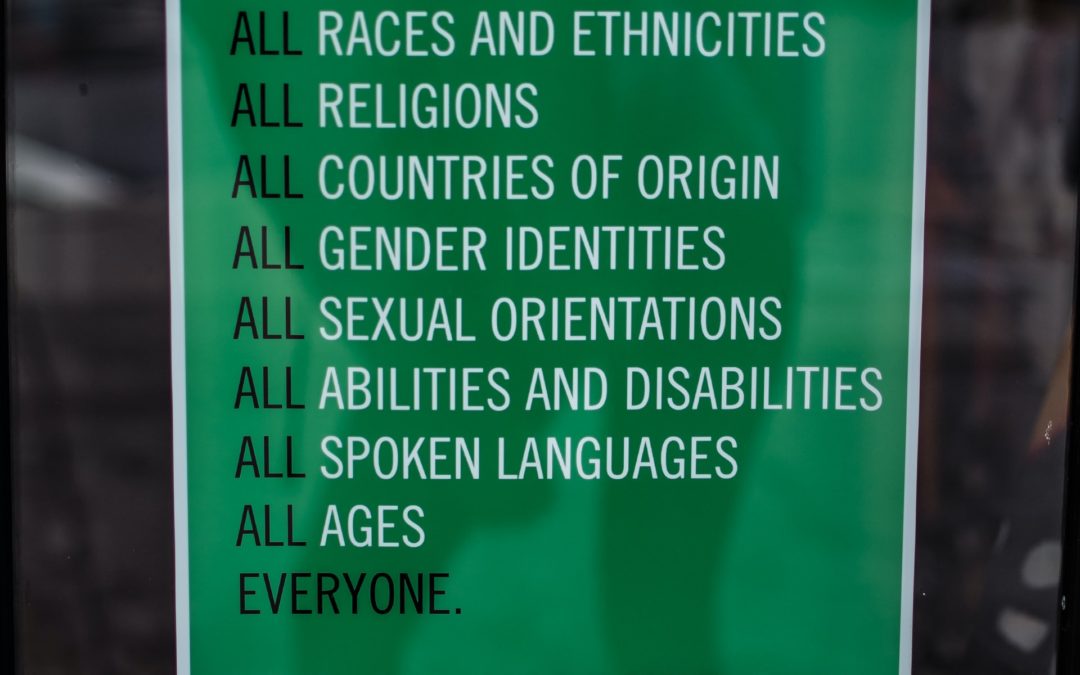The United States is a melting pot of different cultures, religions, and people. With no official language, faith, or way of living, it’s possible to see and hear a span of different people walking from one street to another, especially if you live or visit a large city like New York City. Because of the widespread diversity that makes up USA citizens, it’s no surprise that a movement has sprung up advocating for the acceptance of cultural diversity in everyday life. In fact, it’s one of the things that makes the United States so great.
What is Cultural Diversity?
Culture is what shapes us into who we are as a person: our faith, our native language, our behavior, our identity, and so much more. It’s a way of life that connects us to others who share in those values, one that is passed down from generation to generation by families who hold their culture dear to their hearts. Cultural diversity, often interchanged with multiculturalism, has seven different parts to it according to sociologist Dr. Caleb Rosado:
- Recognizing the abundance of different cultures that exist;
- Respecting the differences in cultures;
- Acknowledging that each culture’s values, beliefs, and contributions are valid;
- Valuing what other cultures have to offer to the world;
- Encouraging the contributions that these groups make;
- Empowering others to be critical of their personal biases, as well as the biases of others, toward different cultures in order to achieve their full potential;
- Celebrating the existence of other cultures rather than just tolerating them in order to bring unity through diversity.
Why Encourage Cultural Diversity?
As previously mentioned, the United States is a melting pot of different cultures that exist beside one another. Whether at work, school, or simply out on the town, we’re going to meet people from various cultural and racial backgrounds, all of whom have different perspectives on the world than our own. People have a tendency to look at someone from a different background and judge them based on negative stereotypes, and that’s something we want to push back against and dispel. Instead of staying stuck in our ways and values, we can learn from one another and respect how someone else lives, even if it’s different from our own.
The encouragement of cultural diversity extends far beyond the United State’s borders. The world is no longer a place where our only concerns lay within our country. It’s a global community with problems that affect everyone, not just one section of the world. Moving past misunderstandings, division, and improving communication with one another will save us time and energy and open up space for us all to become allies with one another to work against common challenges such as climate change and world hunger and general world peace. Working to understand each other’s cultures and respect them will only help humanity advance far beyond our imaginations.
Many of the global challenges we face are complex issues, and moving past prejudice to put our heads together will only benefit us as a whole in the end. Additionally, accepting cultural diversity will enrich our global society and let us learn about another country’s history, beliefs, mannerisms, and more. Supporting and encouraging cultural diversity builds our identities as world citizens and connects us to the larger global consciousness.
How Can You Support Cultural Diversity?
There are many ways to support the growth of cultural diversity in everyday life, all of which start with yourself.
- Interacting with people outside of your own culture can make you new friends and increase your understanding of other cultures (be sure not to impose your own onto them; be respectful of their personal beliefs).
- Acknowledge that though a person may not be proficient in speaking your native language, these limitations do not directly correlate with their intelligence. English, for example, is notoriously difficult to learn as a second language.
- Understand that concepts such as gender roles, family, and spirituality can vary greatly depending on the culture the person is from, and that these can greatly influence a person’s behavior.
- Advocate for those whose culture is different from your own in the workplace, at school, or in a clinical setting, by making sure that materials available are representative of more than one singular culture.
- If someone is being biased, insensitive, or prejudiced toward someone of a different culture, step up and intervene appropriately to help the person in this situation.
- Most importantly, listen to those directly involved in the culture as to whether something is appropriate or not, accept their differences from your own, and welcome the ideas they bring with them. Chances are, you may learn something from them as a result.

